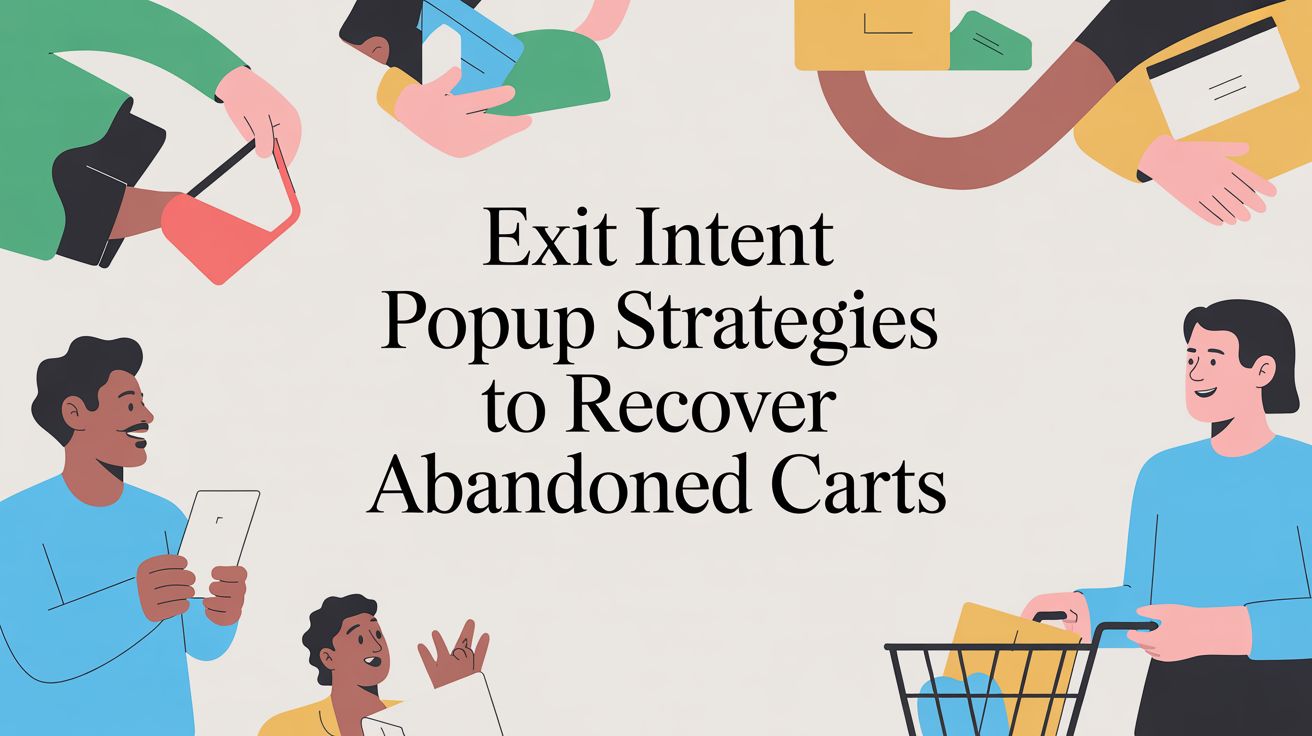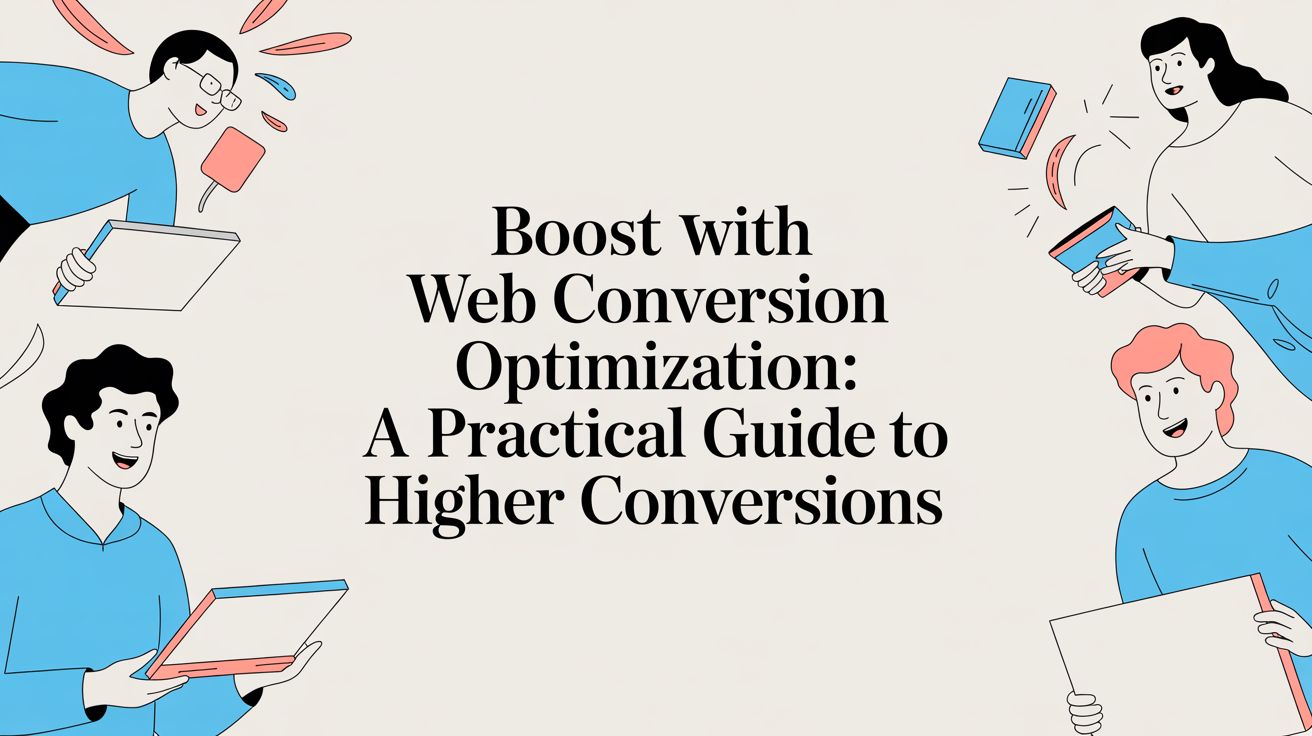
The current status of text marketing: Answers to your top questions

Whether you’re team iPhone or pro Android, this fact remains the same: You know just how powerful text message marketing is.
When nearly 100% of Americans have cell phones, text messaging is a primary source of communication between users. Many brands recognize the significant impact text message marketing has had on their communication with customers in the past, but what does this marketing tool look like today?
We spoke with Amanda Albert, Founder and CEO of Vanda Solutions, a creative mobile marketing solutions agency, to discuss the current status of text message marketing. Albert discussed content frequency, the expectations of your audience, problems facing brands and the solutions you should be thriving for.
Here are the key questions she answered:
How often should you text your brand's subscribers?
Consumers aren’t hard-pressed for marketing messages. They have more than their pick of brands to pay attention to. While this is great for consumers, brands like yours have to truly stand out if there’s any chance of making a conversion.
“Text marketing today goes beyond simple product promotions and brand awareness. Today's consumers are texting more than ever before — up to 41 times a day — and if a business wants to be on the user's preferred contact list, then they need to offer compelling content, convenient resources and simple solutions that provide value to the user,” Albert said. “Content adjacency is key to managing opt-outs, and you must consider your frequency. Unless your content is compelling enough, you should not be texting your user daily. Don’t be that guy.”
With the goal of keeping text frequency just high enough to keep a subscribers' attention, but not so high that you push them away, it’s critical for your success that you find a way to send the right amount of content. Doing so requires you to know your audience inside and out.
“Finding that sweet spot depends on your audience and the type of content they have signed up for. If a user is expecting daily news updates or something with a defined cadence, then you should be delivering messages in a frequency they expect. If you are unsure of what frequency your audience would prefer, ask them,” said Albert. “One of the most valuable aspects of text messaging is the ability to poll your audience and get rapid real-time feedback. If you are not quite ready to begin regular communications with your audience, a good rule of thumb to stick to is no more than one or two messages per month.”
Text message marketing is a delicate art — one that thrives on your ability to serve consumers and fulfill their wants and needs. In order to do this, you have to know what consumers are relying on you for. Albert says it comes down to two concepts: simplicity and value.
“Consumers expect a respectful texting relationship with brands. Frequency, content and convenience should all be wrapped up in a creative solution that ultimately provides value — extra brownie points if they can't get the content or service anywhere else," she said.
How should you approach text marketing?
It’s common knowledge that consumers choose a brand based on its ability to provide value. This value is often determined by your service, which includes solving problems for customers. Your text message marketing is an extension of that service.
“Brands should be approaching text message marketing with a problem-solving mindset. If you can solve a problem with a text message, then that's the offering you should be bringing to market. Once you establish the challenge and solution, revenue streams can be created,” said Albert.
If the focus of your current marketing efforts is to keep things as seamless as possible for consumers, you want to offer them options that they can have some ownership over. One problem that can get in the way of this, Albert says, is complicated automation that take multiple tries to navigate through.
“Complex automated processes are a huge turn off to most consumers. How many times have you (or someone you know) had to yell "customer service" into your phone because the automatic recording process could not understand you? If you even said one time, it's one too many,” said Albert, who went on to explain how easy text marketing prompts can lead to stronger customer satisfaction. “Texting can beautifully solve many of the automated recording processes we go through daily. For example, appointment reminders with options to confirm, cancel or reschedule via text are a huge problem solver: 1) It reminds you of your appointment and 2) Allows you to cancel or reschedule via text message, saving time by streamlining the process!”
What are the most valuable ways you can use text marketing right now?
Experts are already running into text message marketing themes that are predicted to be big in the coming year. Expect high adoption rates, new & creative ways to utilize the power of text messaging, and new revenue opportunities within those creative, powerful texting campaigns.
Here are some of Albert’s favorite creative ways you can utilize text message marketing in the near future:
1. Text message prompts
While your marketing messages will revolve around brand-related content this year, that doesn’t mean you can’t learn quality tips from other industries.
“Real estate is getting creative with text messaging — several brokerage firms are including text prompts on their property collateral to entice users to see more about the properties. Once a user has texted in a property-assigned keyword, the agent can then text them alerting them to price changes, open houses, etc. This is a case where text messaging really supports that sort of drive-by subscriber acquisition effort," Albert said.
2. Offer something you don't sell
This might sound odd, but Albert says it works when what you’re offering aligns with your customers’ interests.
“Let's say you're a clothing company looking to build a texting audience, and you have identified that your consumer just loves a good dad joke. Why not offer a free "Dad Joke of the Week" texting service? Give them a piece of content that you know they would like, in exchange for a few promotional text messages a month. Creating an easy piece of content your consumer wants is a great way to build that subscriber list — even if you don't sell it!”
What other common text marketing questions come up — and what are the answers?
Questions around the technical status of text message marketing are also on the horizon (hence the purpose of this blog post).
“While text messaging took off consumer-to-consumer like wildfire, the business world has been slow to adopt and harness the power of texting. It's finally coming into its own in this COVID era, and there are a lot of questions. It's beneficial for brands to enlist the help of an expert or strategist, at least to get going,” said Albert.
The most common questions Albert receives are:
Q. What is a short code/long code, and which one should my business use to send text messaging?
A. "Short code. A business should use a short code to send messages on. It's way less 'spammy' to get a text message from a 5-6 digit number (affectionately called the short code) than it is to get a marketing or personalized [message] from a long code (which looks just like a regular phone number)."
Q. Can I send text messages to my customers even if they didn't explicitly opt in to receive text messages from my business?
A. "No, you may not. Unless you like dealing with legal issues, you should always, always get explicit consent from your user before texting them. Luckily, it's easy to get subscribers to opt in to texts. All you need is a keyword prompt!"
Q. How time-consuming is it to begin a texting program?
A. "With the right messaging provider and good sense of what your goals are with texting, most businesses can be up and running in 30 days."
Q. How much of an investment is needed to incorporate texting into my business marketing strategy?
A. "It depends on what type of text messaging initiative you plan on implementing into your business. Once you have established a platform or vendor to send the messages, actual messaging costs are minimal — usually less than a dime a message."
Text message marketing is all about creating content strategies that will make for a great customer experience. Offering valuable information, keeping things simple for consumers, solving any problems that might appear and gearing up for the future will help.

Lindsay Keener is a brand journalist for Quikly. She covers stories that help to inform and educate consumer-facing marketers.

